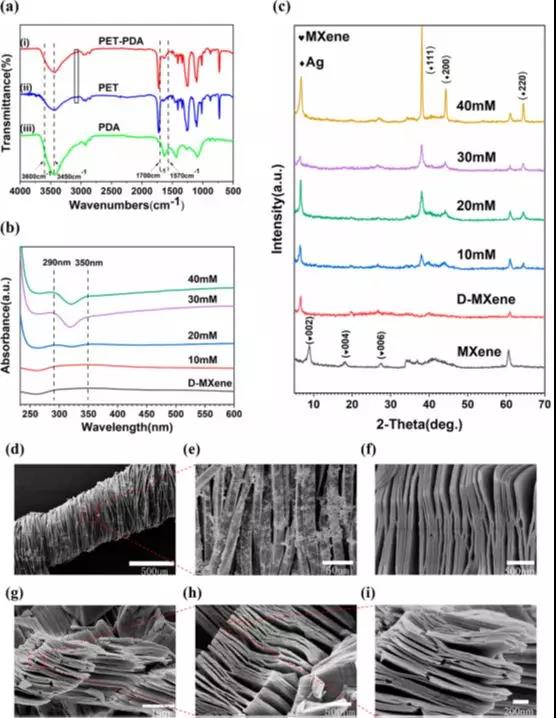
hotline:
17715390137
Tel/Wechat:
18101240246 (Technology)
0512-68565571
Email:mxenes@163.com (Sales Engineer)bkxc.bonnie@gmail.com
Scan the code to follow or search the official account on WeChat:
2D Materials Fronrier After paying attention,
click on the lower right corner to contact us,
Enter enterprise WeChat.
Professional Services Online


【Research Background】
Highly stretchable wearable microelectronic products with good mechanical stability have been widely used in the wearable field, including wearable electrothermal fabrics, masks for monitoring and air filtration, artificial electronic skin and sensitive strain sensors, etc. . Traditional strain sensors are generally made of rigid metal and semiconductor materials with a small strain range and low measurement coefficient, which greatly limits their applications. In order to improve the conductivity, the manganese oxide, polypyrrole and carbon nanotubes are treated at a high strain coefficient, and the substrate (including polyethylene terephthalate (PET) film and elastic polymer) is immersed in saturated A complex is formed in the solution. To increase the flexibility of large strains, weaving, weaving, weaving, and non-woven fabrics were introduced. Smart textiles are the concept of bionics. Bionics can simulate living systems and has the dual functions of perception and response. For smart wearable textiles, intelligence comes from special ingredients added to textiles, which can be electronic devices, specially constructed polymers, and even colorants. Smart textiles, including shape memory fabrics, waterproof and moisture-permeable fabrics, multi-color fabrics, and wearable electronic fabrics, are usually designed to compensate for poor conditions and provide better protection for humans, but they are often flawed, such as discontinuous conduction and Wear comfortably during exercise or daily activities. In order to solve this key problem to the greatest extent, metal nano particles, nano wires and other nano materials with high conductivity, flexibility and durability are widely used in strain sensors.
[Achievement Profile]
Recently, Professor Du Qun of Donghua University published a research paper titled: Preparation of a Highly Sensitive and Stretchable Strain Sensor of MXene / Silver Nanocomposite-Based Yarn and Wearable Applications in the internationally renowned academic journal ACS Applied Materials & Interfaces. A new method was developed by manufacturing zero-dimensional (0D) one-dimensional (1D) two-dimensional (2D) nanocomposites, called NMS yarns, where N, M, and S represent nanocomposites, MXene, and silver, respectively. Silver has played a key role in smart textiles due to its good electrochemical properties (conductivity and ductility), and has contributed to the development of a new generation of electronic skin. Therefore, the goal of this paper is to obtain multi-scale nanocomposites with good conductivity by preparing MXene with two-dimensional nanosheet structure, synthesizing 0D silver nanoparticles (AgNPs), and then introducing one-dimensional silver nanowires (AgNWs). Based on the three-dimensional structure of nanocomposite materials, pre-treated nanocomposite yarns can be used for monitoring human movements, with the potential and performance of smart textile products and wearable electronic devices.
[Picture and text guide]

Figure 1. NWS composite preparation process.

Figure 2. Physical characterization of NWS and related materials.

Figure 3. Characterization of the sensing performance of a NMS yarn strain sensor.

Figure 4. Comparison of the strain coefficient of the NMS yarn strain sensor with previous work.

Figure 5. NMS yarn strain sensor for human motion monitoring.

Figure 6. Application of NMS yarn in smart gloves for identification.

Figure 7. Electrothermal properties of NMS fabric.

| Reminder: Beijing Beike New Material Technology Co., Ltd. supplies products only for scientific research, not for humans |
| All rights reserved © 2019 beijing beike new material Technology Co., Ltd 京ICP备16054715-2号 |